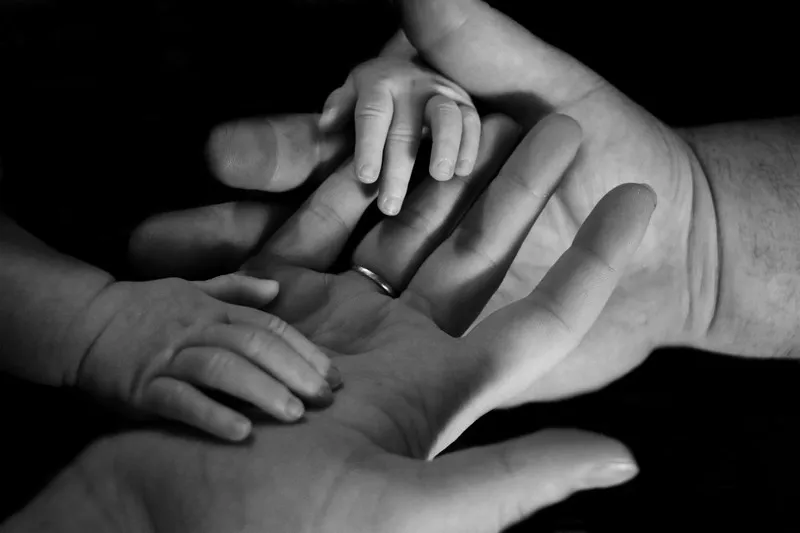Table of Contents
- What Is Fertility?
- Fertility and Social Structure
- Cultural Dimensions of Fertility
- Institutional Contexts
- Fertility Transitions and Demographic Change
- Reproductive Justice and Social Movements
- Contemporary Issues in Fertility
- Conclusion
Fertility is a foundational concept within sociology, intricately tied to population dynamics, cultural norms, political ideologies, and social structures. As a biological phenomenon embedded in social life, fertility is never merely a matter of individual reproduction. It reflects a society’s values, economic systems, gender relations, and institutional arrangements. This guide provides an in-depth sociological analysis of fertility, introducing key concepts, frameworks, and questions that allow us to understand reproduction not as a private act, but as a social process shaped by structural forces.
As we delve into the subject, we uncover the complex interdependencies between individual agency and broader societal expectations. Fertility is not only about who gives birth, but also about the ideological, technological, and regulatory landscapes that determine the when, how, and under what conditions reproduction occurs. Understanding fertility through a sociological lens thus allows us to explore questions of identity, power, inequality, and change.
What Is Fertility?
In demographic terms, fertility refers to the actual reproductive performance of an individual, couple, group, or population. It is distinct from fecundity, which is the biological capacity to reproduce, and from birth rate, which refers to the number of live births per 1,000 people in a given year. Fertility is measured by indicators such as:
- Total Fertility Rate (TFR): The average number of children a woman would have assuming she experiences the current age-specific fertility rates throughout her life.
- Crude Birth Rate: The number of live births per 1,000 people in a population per year.
- Age-Specific Fertility Rates (ASFR): Births to women in specific age groups per 1,000 women in those groups.
However, from a sociological perspective, these quantitative indicators are only starting points. They invite deeper inquiry into the meanings, contexts, and power dynamics that surround reproductive behaviors. Why do people choose to have children—or not? How do cultural norms frame motherhood and fatherhood? How are reproductive behaviors regulated by policy, religion, or medical authority? These are the sociological questions that move us beyond demography.
Fertility and Social Structure
Fertility is socially structured. That is, reproductive decisions and outcomes are influenced by the social position of individuals and groups. Fertility rates and behaviors are not distributed evenly across populations but reflect broader patterns of inequality, stratification, and social differentiation. The following social structures profoundly shape fertility:
Class and Economic Inequality
Socioeconomic status impacts fertility through access to resources, opportunities, and life strategies. For example:
- In higher-income societies, lower fertility is often associated with career prioritization, delayed marriage, extended education, and the high cost of child-rearing. Childcare, housing, and job stability are critical considerations.
- In low-income contexts, higher fertility may reflect the social value of children as economic assets or as sources of labor and security in old age. Here, reproduction may also serve as a form of social insurance in environments of high infant mortality and weak state support.
In both cases, economic factors intersect with cultural beliefs and institutional arrangements to create varied fertility landscapes. The idea of the “rational actor” making decisions about childbearing is always situated within specific material and symbolic conditions.
Gender and Patriarchy
Reproduction is a site where gendered power relations play out. Patriarchal norms often assign primary responsibility for reproduction and child-rearing to women, shaping their life trajectories. Sociologically, fertility becomes a means of examining:
- The social construction of motherhood and femininity
- The disciplining of female sexuality through religious, legal, and familial norms
- The tension between reproductive autonomy and societal expectations of women’s roles in the domestic sphere
Fertility also raises questions about masculinity, particularly how norms of fatherhood and male fertility are valued or devalued. In many contexts, infertility is more stigmatizing for women than for men, revealing asymmetrical expectations and accountability.
Race, Ethnicity, and Migration
Fertility patterns often vary by racial and ethnic groups, not because of inherent biological differences but due to social inequalities and cultural norms. Migrant populations, for example, may display different fertility rates than the host population, reflecting:
- Cultural continuity or adaptation
- Differential access to health services and reproductive education
- Immigration policies that impact family reunification, legal status, and reproductive decision-making
Discourses around race and fertility have historically been sites of anxiety and control. Marginalized racial groups have often been subject to reproductive governance, including forced sterilizations, moral panics over “overbreeding,” and selective access to reproductive technologies.
Cultural Dimensions of Fertility
Get the full article AD FREE. Join now for full access to all premium articles.
View Plans & Subscribe Already a member? Log in.




